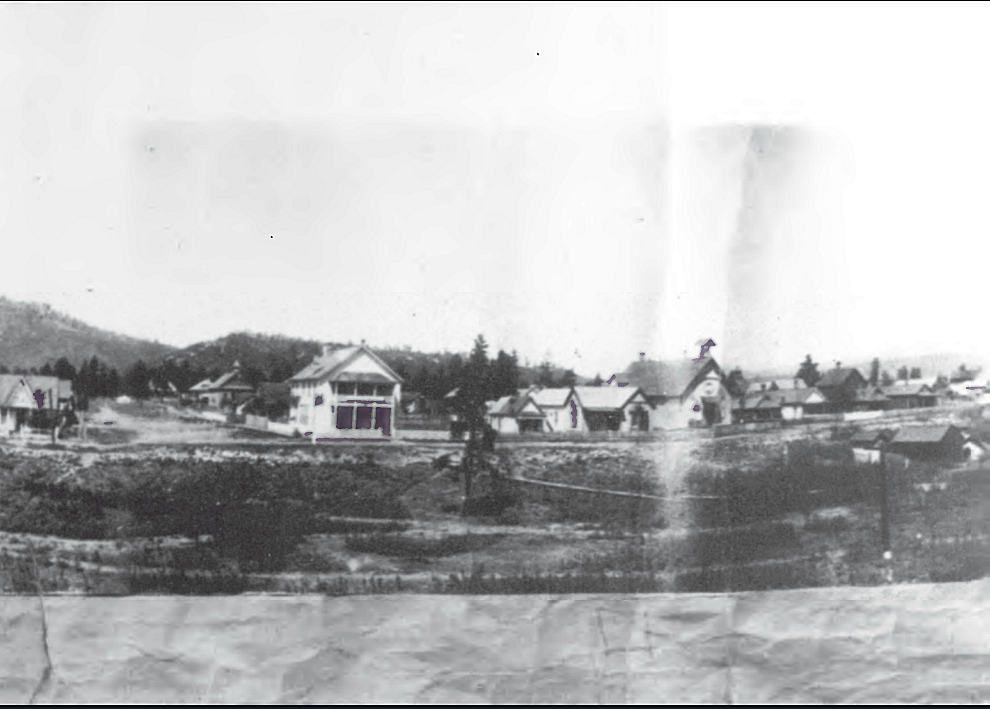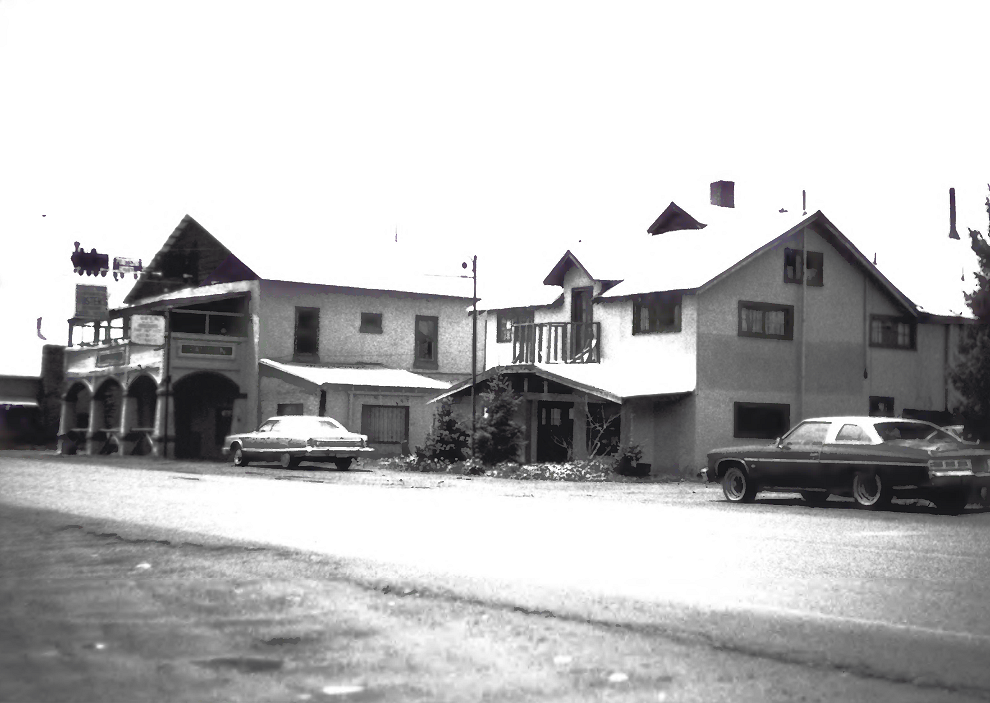In the early 1800s, the town of Chama was not only exciting but downright dangerous. As the youngest of the Tierra Amarilla Land Grant’s historic villages, Chama was established at a time in New Mexico’s history when much of northwestern New Mexico was without adequate law enforcement.’
Outlaws and other disreputable types, along with businessmen and hard-working settlers, were drawn to frontier towns like Chama, which sprang up along the railroad path, in this case, the Denver and the Rio Grande. One of the earliest descriptions of Chama appeared within weeks after the railroad reached the site, which was to become the new town. A March 9, 1881, article in the Santa Fe Daily New Mexican reported the little town of Chama was “Fast-growing a reputation for lawlessness.” Holdups, murders, and shootings were so frequent that few people paid attention to them.
In another newspaper story, this kind of lawlessness earned this fledgling railroad settlement the label of “The Hurrah town at the front of the Narrow Gauge.” In territorial New Mexico, the term “Hurrah” was not intended as a compliment. Foster’s hotel was in existence at this time.

However, by the middle of March, a group of Chama’s more respectable citizens, fed up with matters, formed a vigilante committee. Members paraded around the town with a prominently displayed rope and explained to all the “bunko steerers, thieves and murderers” that they had two hours to leave. Apparently, they were persuasive, for most of the original element “left gratefully,” at least temporarily.
Another reporter who visited Chama later that month observed that although the roughest criminal element had left, many other undesirables remained. Large numbers of “soiled doves” and “tinhorn” gamblers were making themselves quite obnoxious, but fortunately, were generally too tame to be considered dangerous.
At that time, Chama was still a typical railroad town consisting mainly of tents. Except for a few railroad offices and some commercial businesses, one being Foster’s Hotel Bar and restaurant, every tent, and the building were utilized as a saloon or dance hall where the gamblers and “soiled doves” plied their trade.
As the town grew, other and more dangerous elements made their appearance, not only at Chama but at other towns further along the railroad, such as Bloomfield and Durango. Gangs led by desperadoes such as Ike Stockton, Charlie Allison, and other hardened refugees of the Colfax County Wars in northwest New Mexico vied for control, not only of the towns but for the entire northwest region of New Mexico. The situation deteriorated so severely that Governor Lew Wallace was forced to send Adjutant General Max Frost to Rio Arriba in early April 1881 to investigate. Frost’s report described Chama as “very lawless and disorderly.” It concluded that the average citizen risked his life simply by walking the streets in broad daylight. General Frost also reported that the situation was aggravated by a lack of local law enforcement. Chama itself had no constable, and very recently, a person appointed as deputy sheriff had been involved in the shooting of two railroad employees and had nearly been lynched.
One tongue-in-cheek report indicated Chama had no mosquitoes but that the bullets which passed through the tents at night served the purpose of keeping residents from sleeping as well as those little pests. The writer also suggested that if anyone was tired of life and had scruples about committing suicide, he could go to Chama and easily find someone quite willing to do the job for him. In the meantime, excitement remained the order of the day in Chama. It was reported that every man who dared walk the street in Chama had to be armed, and some were described as “walking arsenals.” The report added that most of the population “spend their time at night” rioting, gambling, drinking, loafing, and seem to take a particular delight in firing off six-shooters and Winchester rifles.
Foster’s Hotel was a known saloon, dance hall, and brothel during its past. The building has undergone several changes over the years. The most notable is the 1920’s when a second wing was added on. This second section is what houses the contemporary hotel. The second floor of the original building is closed to the public due to safety concerns. The wallpaper and several pieces of furniture date back to its “old west” days.
This article was prepared from material found in several of New Mexico’s historic newspapers. However, much of the information came directly from original documents found in the New Mexico State Records Center and Archives in Santa Fe collections. It was written by Robert Torrez (Local Historian).
